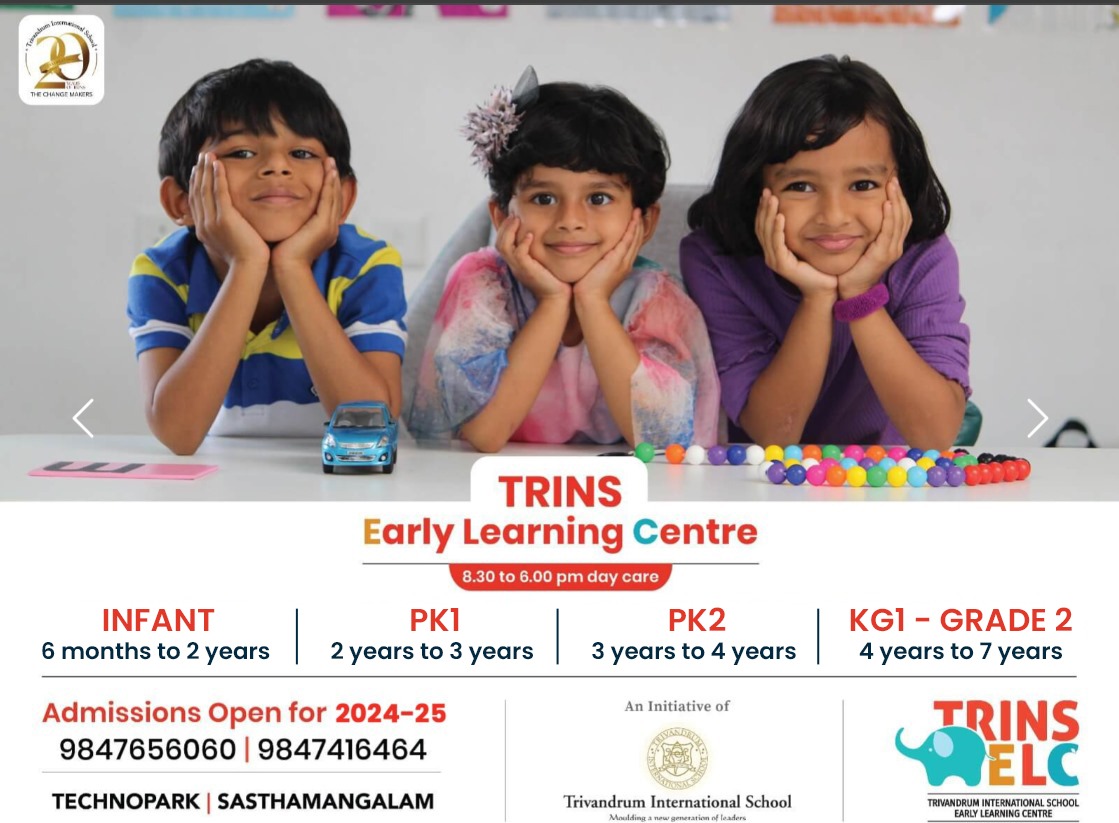


How Coding Encourages Problem-Solving and Critical Thinking Skills in Children?

In this digital era, coding has become an essential skill, akin to reading, writing, and arithmetic. Teaching coding to children is not just about creating the next generation of app developers or software engineers; it's about instilling critical thinking and problem-solving skills. Here's how coding achieves this.
Before delving into the benefits, it's crucial to understand what coding means. Coding is essentially the process of using a programming language to instruct a computer to perform tasks. It forms the backbone of everything digital, from websites and mobile applications to video games and AI technologies.
Encouraging Problem-Solving Skills
One of the major benefits of coding for kids is the development of problem-solving skills. This involves thinking of a problem, analysing potential solutions, and implementing those solutions systematically. Here's how coding helps:
-
Debugging: When a child codes, they're bound to encounter errors. The process of identifying and fixing these bugs is called debugging. It's much like solving a complex puzzle, and it fosters the child's problem-solving abilities.
-
Planning and Organisation: Coding requires a structured and logical approach. Kids have to plan out their steps ahead of time and organise their code in a way that achieves the desired outcome.
-
Perseverance: Coding teaches kids that failure is not the end but rather a stepping stone towards success. If their code doesn't work initially, they have to keep trying different solutions until they find the one that works.
Bolstering Critical Thinking
Coding goes beyond simple problem-solving; it also enhances a child's critical thinking skills. Here's how:
-
Logical Thinking: Coding helps children understand cause and effect relationships, as every action (or line of code) has a specific outcome. This understanding of logic is a crucial aspect of critical thinking.
-
Creativity: While coding has a logical structure, it's not rigid. There are often multiple ways to achieve the same outcome. This freedom encourages kids to think outside the box and come up with creative solutions.
-
Pattern Recognition: Coding often involves identifying and utilising patterns. Recognising these patterns and knowing when to apply them is a key aspect of critical thinking.
Real-World Application
The problem-solving and critical thinking skills gained through coding have real-world applications. These skills can help children excel not just in computer science but in other subjects and areas of life as well.
For instance, debugging code can be compared to fixing a bicycle. If the bicycle isn't working properly, you'd have to figure out what's wrong (debugging), think about how to fix it (problem-solving), and then actually fix it (implementing the solution). Similarly, planning and organising code is akin to writing an essay, where you have to structure your thoughts logically and coherently.
In a nutshell, teaching kids to code is an investment in their future. It's not just about equipping them with a marketable skill; it's about enhancing their problem-solving and critical thinking abilities. In today's rapidly advancing digital world, these skills are more valuable than ever before. So, let's nurture the coders of tomorrow, today!





